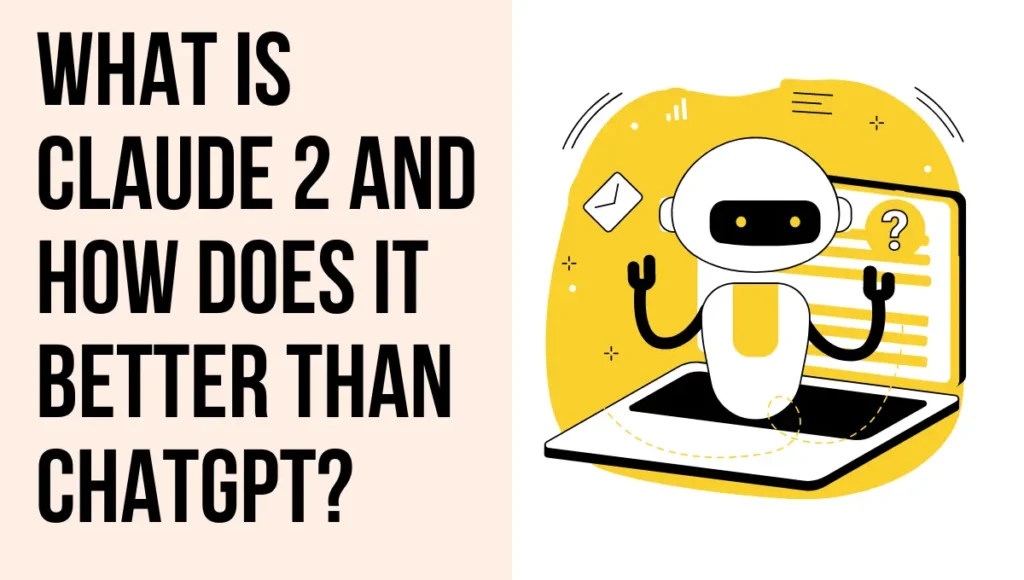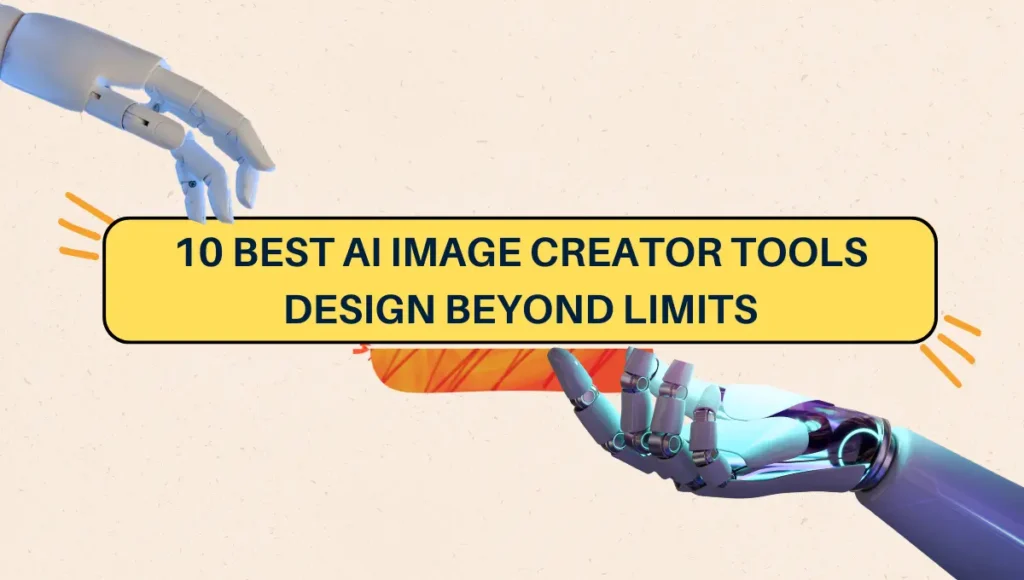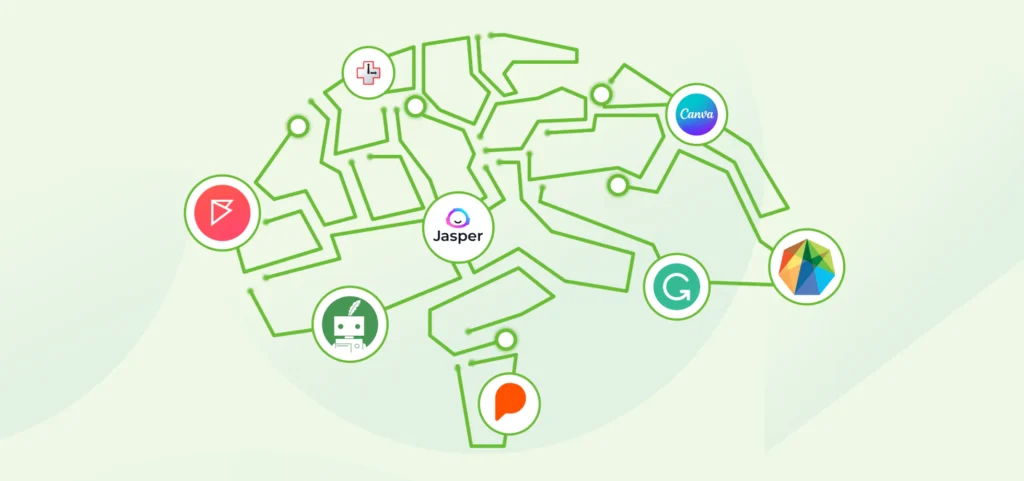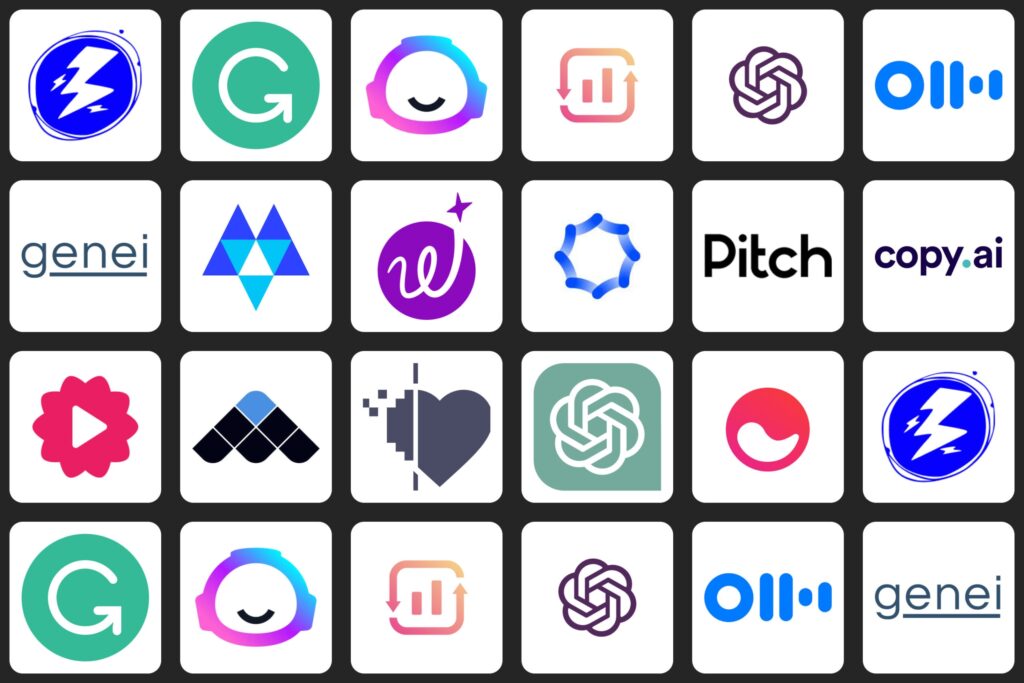ChatGPT now has some serious competition as throop just released Claude 2. It has already made a significant impact with its advanced features and user-friendly design.
What sets Claude 2 apart?
Cloude 2 is trained on a lot more recent data than ChatGpt. It can also analyze 100,000 tokens which are about 75,000 words far surpassing ChatGPT’s limit of 32,000 tokens which is about 50,000 words.
In this blog, we’ll learn about Claude AI, exploring its features, benefits, and how you can use Claude 2 effectively.
What is Claude AI?
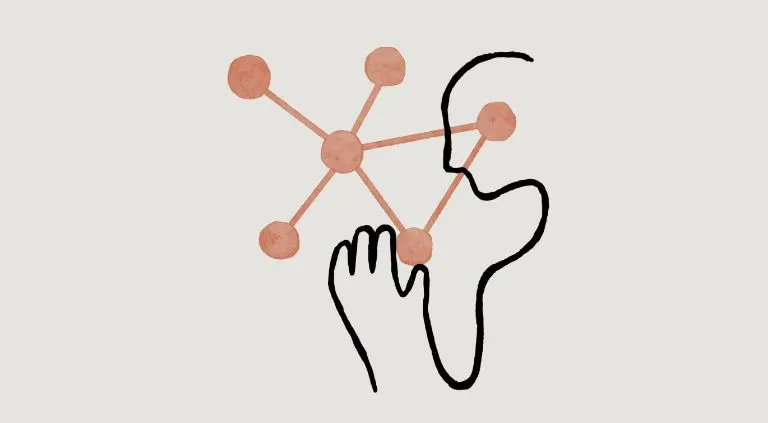
Claude AI is an AI chatbot launched by the artificial intelligence safety startup company, Anthropic. First released in April 2022, Claude AI is built on a technique called Constitutional AI.
What is the goal of Claude 2?
To create AI systems that are helpful to humans while avoiding the unintended harmful behaviors that could emerge from uncontrolled AI systems of the future.
Claude AI stands out from other AI chatbots like Character AI and HuggingChat by not offering any subjective opinion or distinct visual avatar or personality.
Instead, it aligns its goals and values with human preferences. This makes Claude AI similar in style to Google Bard and ChatGPT, and it’s even being billed as a rival to OpenAI’s ever-popular AI bot.
Features and Benefits of Claude AI
Here’s what the cool benefits and features of Claude AI are:
Benefits:
- Free to use, making it accessible to a wide range of users.
- Trained on more recent data than ChatGPT, providing more relevant and up-to-date responses.
- Handle a large amount of information, up to 100,000 tokens or about 75,000 words.
- The API is 4 to 5 times cheaper than many ChatGPT, making it a cost-effective choice for developers and businesses.
- Scored higher than ChatGPT in a human eval coding test, indicating superior performance.
- The elegant and intuitive user interface enhances the user experience.
Features:
- Advanced conversational abilities, allowing Claude 2 to understand and respond to a wide range of prompts.
- Improved understanding of context compared to its predecessor, Claude AI.
- Handle novel-sized blocks of text, making it suitable for summarizing large documents.
- Strong focus on AI and user safety, ensuring that the chatbot behaves in a manner that is safe and beneficial for users.
- Integrated into customer applications and services.
How to Use Claude AI
Accessing Claude 2 is straightforward. Currently, it’s available in open beta for users in the US and UK.
To try the chatbot, visit Anthropic’s website and click on the button “Talk to Claude.” You’ll then be prompted to sign up with your email address or enter an existing address to access the bot.
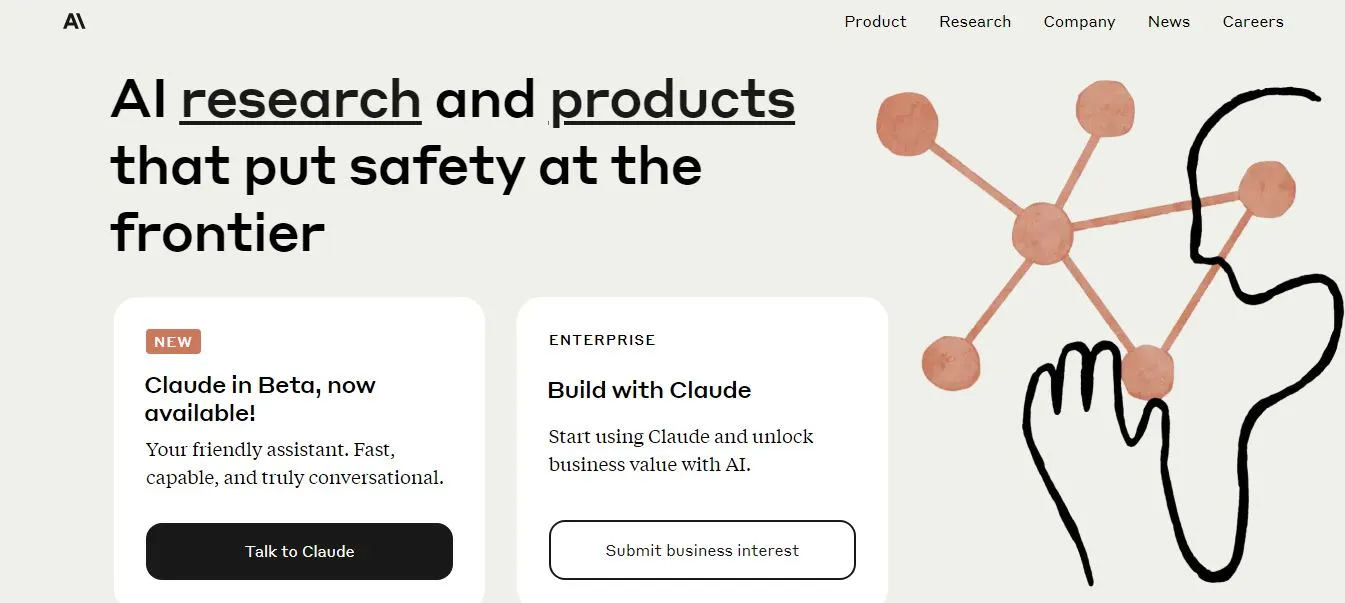
Once you’ve logged in, you can engage in conversation with the bot by using the ‘Start a new chat‘ option on the chat window.
Claude AI can accept up to 5 files, up to 10MB each, including PDFs, txt, and csv files that can be added using the paperclip icon before a prompt is entered.
Claude AI vs. ChatGPT
Claude 2 has the ability to handle and recall larger amounts of information that makes it a potential competitor to ChatGPT.
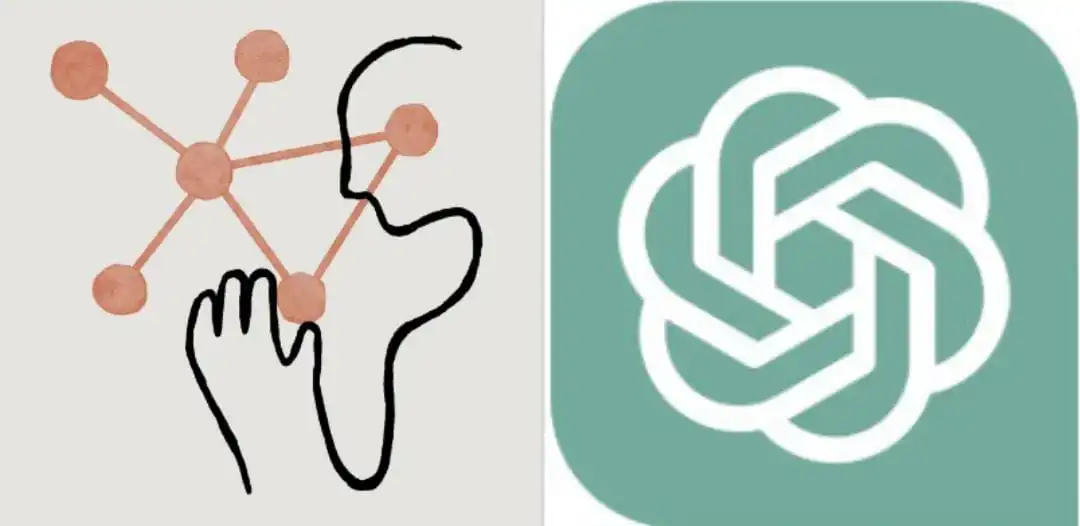
Users can input up to 100K tokens, which corresponds to around 75,000 words. By comparison, GPT-4 is theoretically capable of context windows ranging somewhere between 8K and 32K tokens.
So, if you ask both chatbots to write you a 75,000-word story, it will attempt to do this via its Claude-2-100k version, while ChatGPT-4 will display a message indicating its limitations.
Is Claude 2 Free?
Claude 2 is currently in open beta. The usage of Claude 2 is free now. You can test out capabilities using this link
Moreover, for the most accurate and up-to-date pricing information, I recommend checking the Claude.ai website.
Advanced Prompt Design for Claude AI
While Claude AI is designed to handle typical question formats that are familiar to any user of a chatbot, you can also use advanced prompt design to get more specific responses.
Anthropic, the company behind Claude AI, recommends giving Claude as much context and detail as possible, as well as any rules for completing the task correctly.
For example, you can use XML tags to mark different parts of the prompt. Claude 2 has been fine-tuned to pay special attention to this structure.
Tags like <text> and </text> can clearly mark the beginning and end of the text that Claude needs to de-identify.
This can be particularly useful when you want Claude AI to process large amounts of text while ensuring privacy and confidentiality.
Practical Applications of Claude AI
The potential applications of Claude AI are vast, thanks to its ability to handle large volumes of text and its focus on AI safety.
Whether you’re looking to summarize large documents, de-identify text for privacy, or simply engage in a conversation with an AI, Claude 2 can be a powerful tool.
For instance, you can use Claude AI to summarize an article or a report. Simply upload the document using the paperclip icon before entering your prompt, and ask Claude 2 to summarize the text in a bullet point outline.
You can even specify the format of the response, such as asking for a markdown table of study questions and answers.
Comparison between ChatGPT and Claude AI:
Here’s what makes Claude AI different from ChatGPT:
ChatGPT:

- Developed by OpenAI.
- Released in June 2020.
- Trained using a transformer-based model on a diverse range of internet text.
- Theoretically capable of context windows ranging somewhere between 8K and 32K tokens.
- OpenAI has guidelines for safe and ethical use.
- Available globally.
- Free version available, with a subscription plan for advanced features.
- Applications include text generation, answering questions, tutoring, translation, and more.
- Does not support file uploads.
Claude AI:

- Developed by Anthropic.
- Claude AI was first released in April 2022, with Claude 2 released in July 2022.
- Trained using a technique called Constitutional AI.
- Handle novel-sized blocks of text of up to 100K tokens (around 75,000 words).
- Deep commitment to AI safety, with a focus on aligning AI goals and values with human preferences.
- Open beta is available for users in the US and UK.
- The pricing model for licensing is not publicly disclosed, but a limited free trial is available.
- Applications include summarizing large documents, de-identifying text for privacy, engaging in conversation with an AI, and more.
- Can accept up to 5 files, up to 10MB each, including PDFs, txt, and csv files.
Conclusion:
For us, as consumers, this competition is a boon. It drives innovation, pushing AI developers to continually improve and upgrade their offerings.
With Claude 2’s entry into the market, we can anticipate significant updates from ChatGPT.
So, have you given Claude 2 a try yet?
Claude 2 is not entirely free, Anthropic offers a limited free trial of Claude 2 on its website for interested parties to test out its capabilities. However, the pricing model for licensing Claude 2 has not been publicly disclosed by Anthropic. It is primarily meant for integration into customer applications and services. Claude 2 AI is an advanced AI chatbot launched by the artificial intelligence safety startup company, Anthropic. It is trained on a technique called Constitutional AI, with the aim to create AI systems that are helpful to humans while avoiding unintended harmful behaviors that could emerge from uncontrolled AI systems of the future. Claude 2 is designed to align its goals and values with human preferences without offering any subjective opinion or distinct visual avatar or personality Once you've logged in to Claude, you'll be able to engage in conversation with the bot by using the 'Start a new chat' option on the chat window. You can also upload up to 5 files, including PDFs, txt, and csv files that can be added using the paperclip icon before a prompt is entered. For advanced prompt design, it's recommended to give Claude as much context and detail as possible, as well as any rules for completing the task correctly. Claude AI is launched by the artificial intelligence safety startup company, Anthropic. Currently, unlike OpenAI's GPT-4, Claude 2 can't search the web. Claude 2 has improved conversational abilities and a deeper understanding of contexts. It can handle novel-sized blocks of text of up to 75,000 words and features a strong focus on AI and user safety. It can also summarize large documentation and accept up to 5 files, including PDFs, txt, and csv files. The maximum token limit in Claude 2 is 100,000 tokens, which corresponds to around 75,000 words.FAQs
Is Claude 2 free?
What is Claude 2 AI?
How can you use Claude 2?
Who is behind Claude?
Can Claude access Internet?
What can Claude do?
What is the maximum token in Claude?
